Color Transforms in Digital Image Processing
Overview
Color transforms are used in digital image processing to convert an image from one color space to another. These transforms can be used for a variety of purposes such as correcting color balance, enhancing color contrast, and improving image compression. Some popular color spaces used in digital image processing include RGB, CMYK, HSV, and Lab. Color transforms in digital image processing can be performed using mathematical operations such as matrix multiplication and color lookup tables.
Introduction
Color transforms are fundamental operations in digital image processing used to manipulate the color information in an image. These transforms allow us to change an image's color space, alter color balance, adjust brightness and contrast, and perform a variety of other color-based operations. There are several color models used in digital image processing, each with its unique characteristics and applications. Understanding color transforms in digital image processing is crucial for many image processing applications, including color correction, color enhancement, and image compression.
Color models
A color model, also known as a color space, is a mathematical representation of colors used in digital image processing. It defines how colors are represented in terms of `numerical values that can be stored, processed, and displayed by computers and other digital devices.
RGB color model
RGB stands for Red, Green, and Blue, and it is the most commonly used color model in digital image processing. In this model, each pixel in an image is represented by three values that denote the amount of red, green, and blue light that makes up its color. The RGB model is an additive color model, which means that combining red, green, and blue light in varying proportions produces a wide range of colors. The RGB color model is widely used in display technologies such as computer monitors, televisions, and digital cameras.
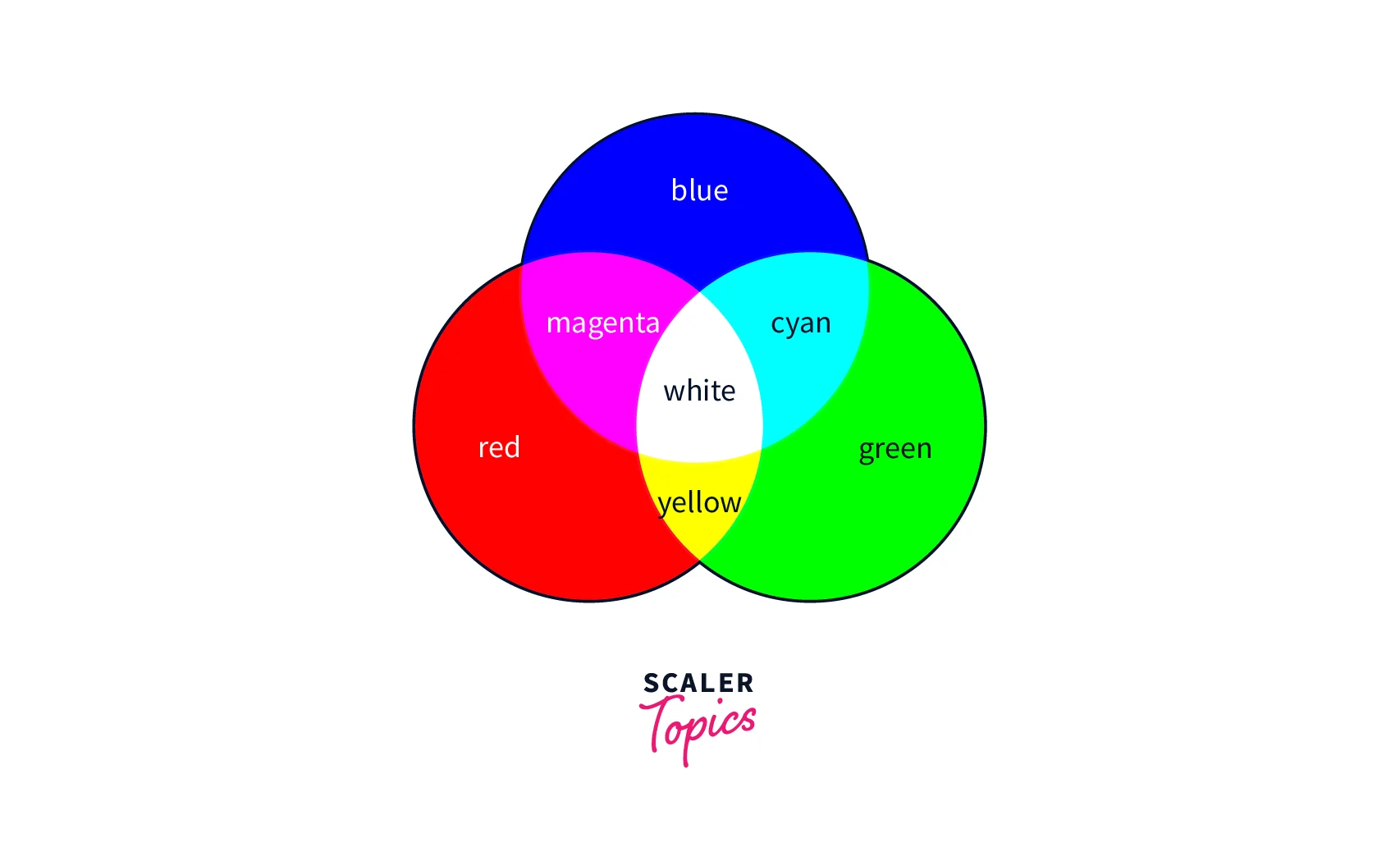
CMYK color model
CMYK stands for Cyan, Magenta, Yellow, and Key (Black), and it is a subtractive color model used in printing. In this model, colors are created by subtracting different amounts of cyan, magenta, yellow, and black ink from a white background. Unlike the RGB model, which is an additive model, the CMYK model is a subtractive model, which means that it starts with a white background and subtracts colors from it to create the desired hue. The CMYK color model is used in printing technologies such as offset printing, flexography, and digital printing.
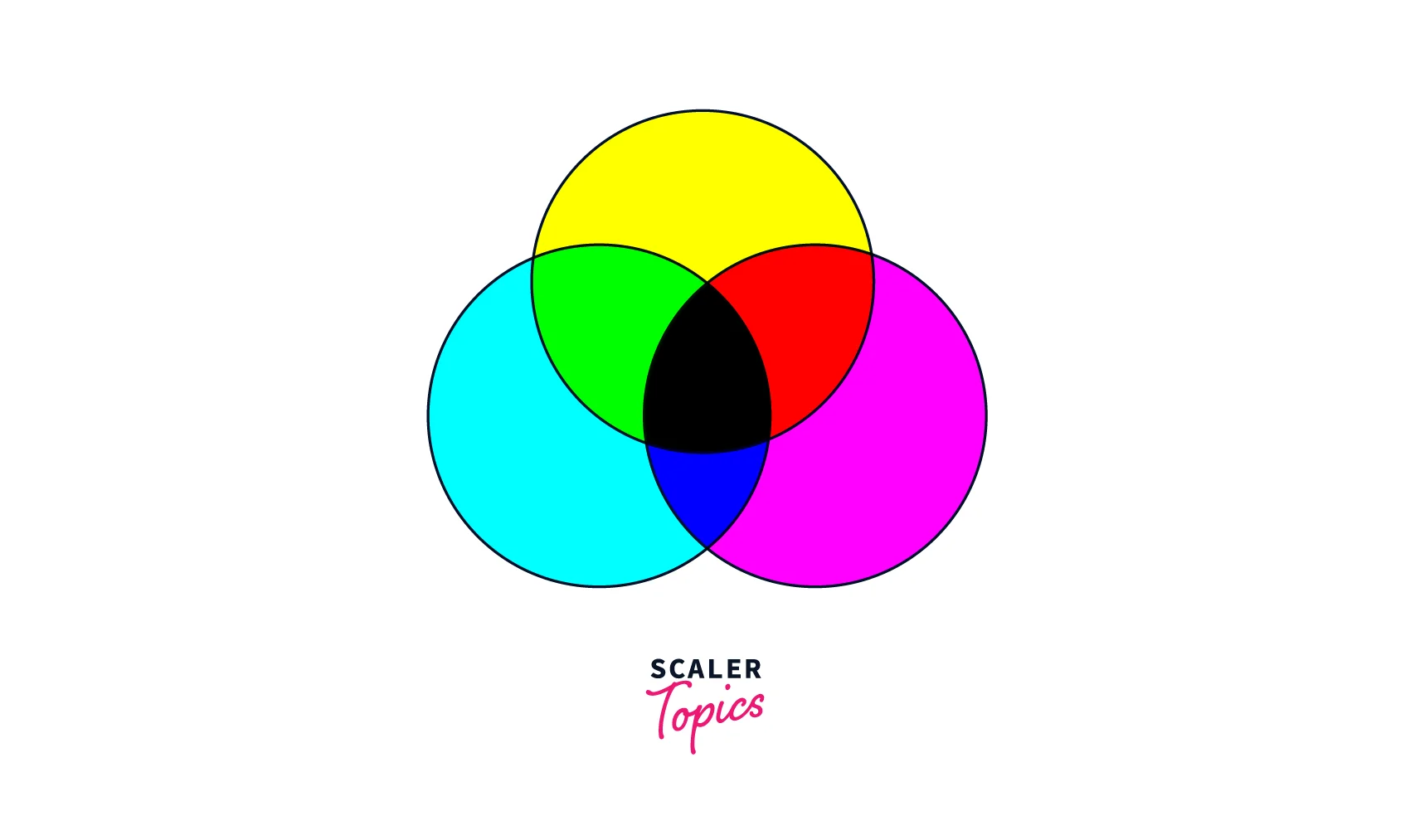
HSL and HSV color models
HSL stands for Hue, Saturation, and Lightness, while HSV stands for Hue, Saturation, and Value. These color models are often used for color manipulation and adjustment in image processing. The HSL model represents colors in terms of their hue (the actual color), saturation (the intensity of the color), and lightness (the brightness of the color). The HSV model represents colors in terms of their hue, saturation, and value (a measure of the brightness of the color). The HSL and HSV models are particularly useful for adjusting color balance and enhancing color contrast in an image.
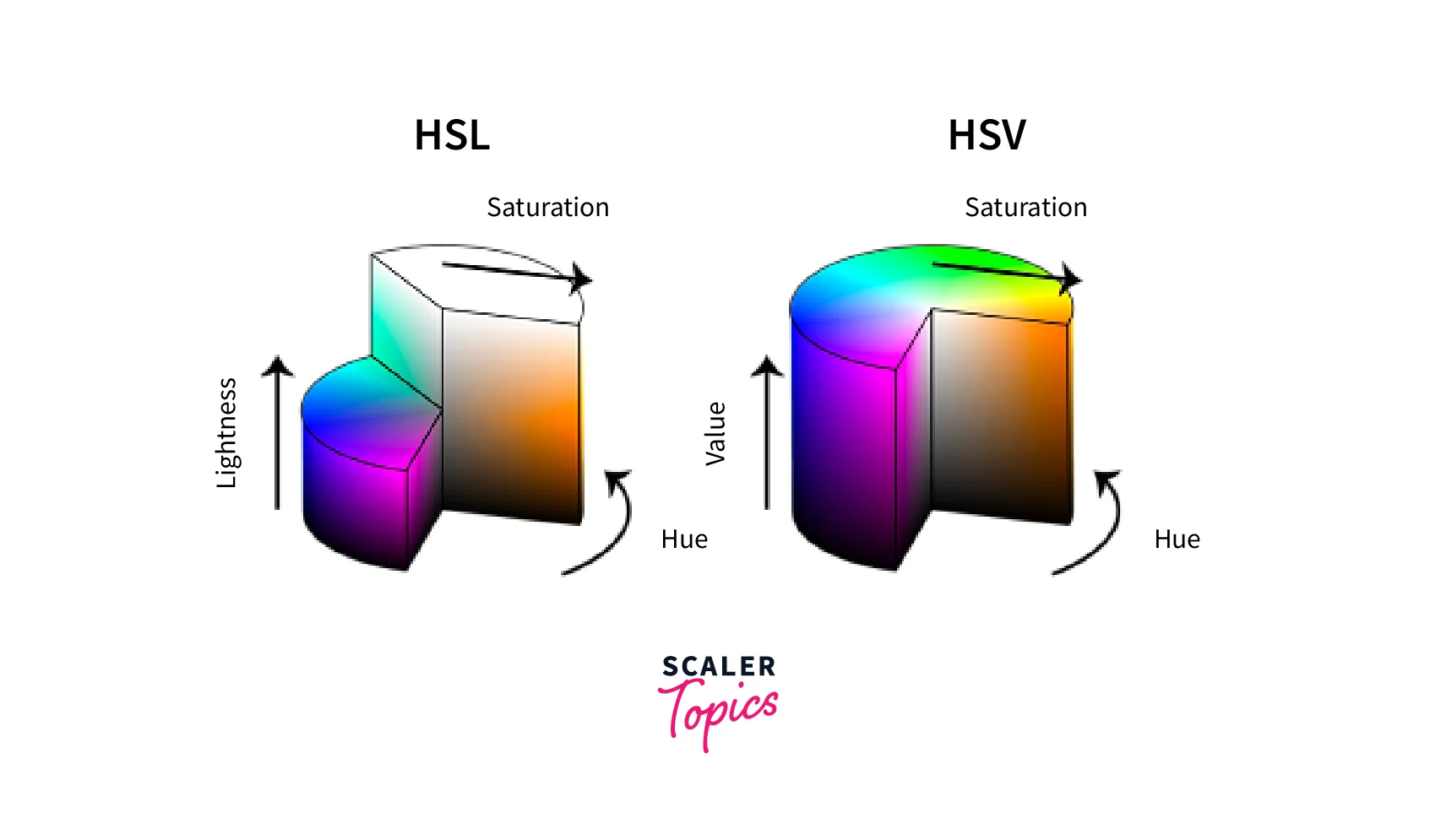
Lab color model
The Lab color model is a device-independent color model that represents colors in terms of their lightness (L), a (the green-red component), and b (the blue-yellow component). Unlike the RGB and CMYK models, the Lab model is designed to approximate human perception of color, making it useful for color correction and other color-based operations. The Lab model is particularly useful for tasks such as color matching, color grading, and image segmentation.
Color transforms
Color transforms are mathematical operations used to manipulate the color information in digital images. Here are some common types of color transforms in digital image processing.
Color correction transforms (e.g., white balance correction)
Color correction transforms are used to adjust the colors in an image to match a particular standard or desired appearance. One common example of a color correction transform is white balance correction, which is used to correct the color cast caused by the color temperature of the light source used to capture an image. White balance correction adjusts the color balance of an image to ensure that whites appear white, and colors appear as they should.

Color space conversion transforms (e.g., RGB to HSL conversion)
Color space conversion transforms are used to convert an image from one color model to another. For example, an RGB image can be converted to the HSL or HSV color models for color manipulation and adjustment. Color space conversion transforms are often used in image compression, where converting an image to a different color space can reduce its file size without significant loss of image quality.
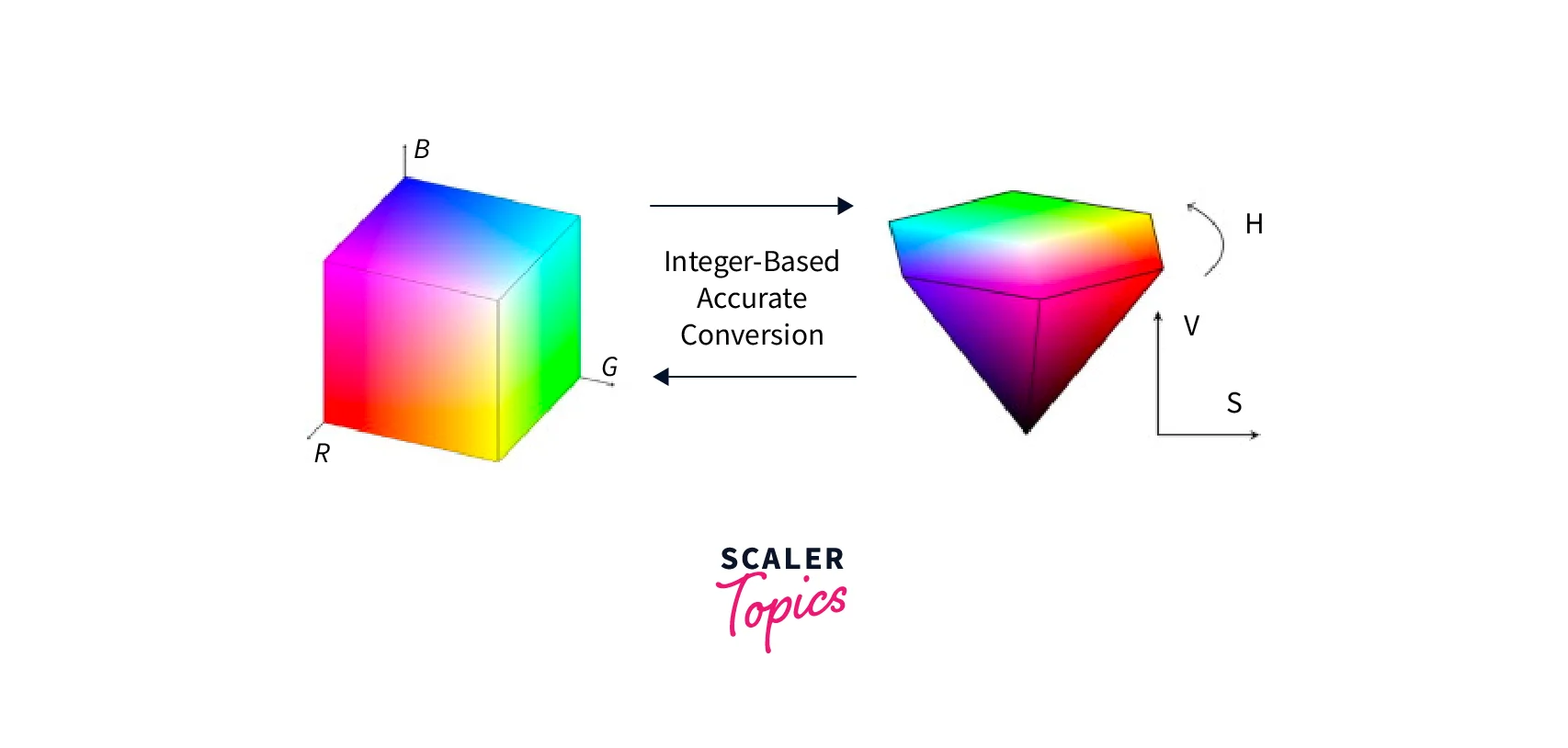
Color enhancement transforms (e.g., contrast enhancement)
Color enhancement transforms are used to improve the visual appearance of an image by adjusting color contrast, saturation, and other color-related properties. For example, contrast enhancement can be used to increase the visual separation between colors in an image, while saturation enhancement can be used to make colors appear more vivid and intense.
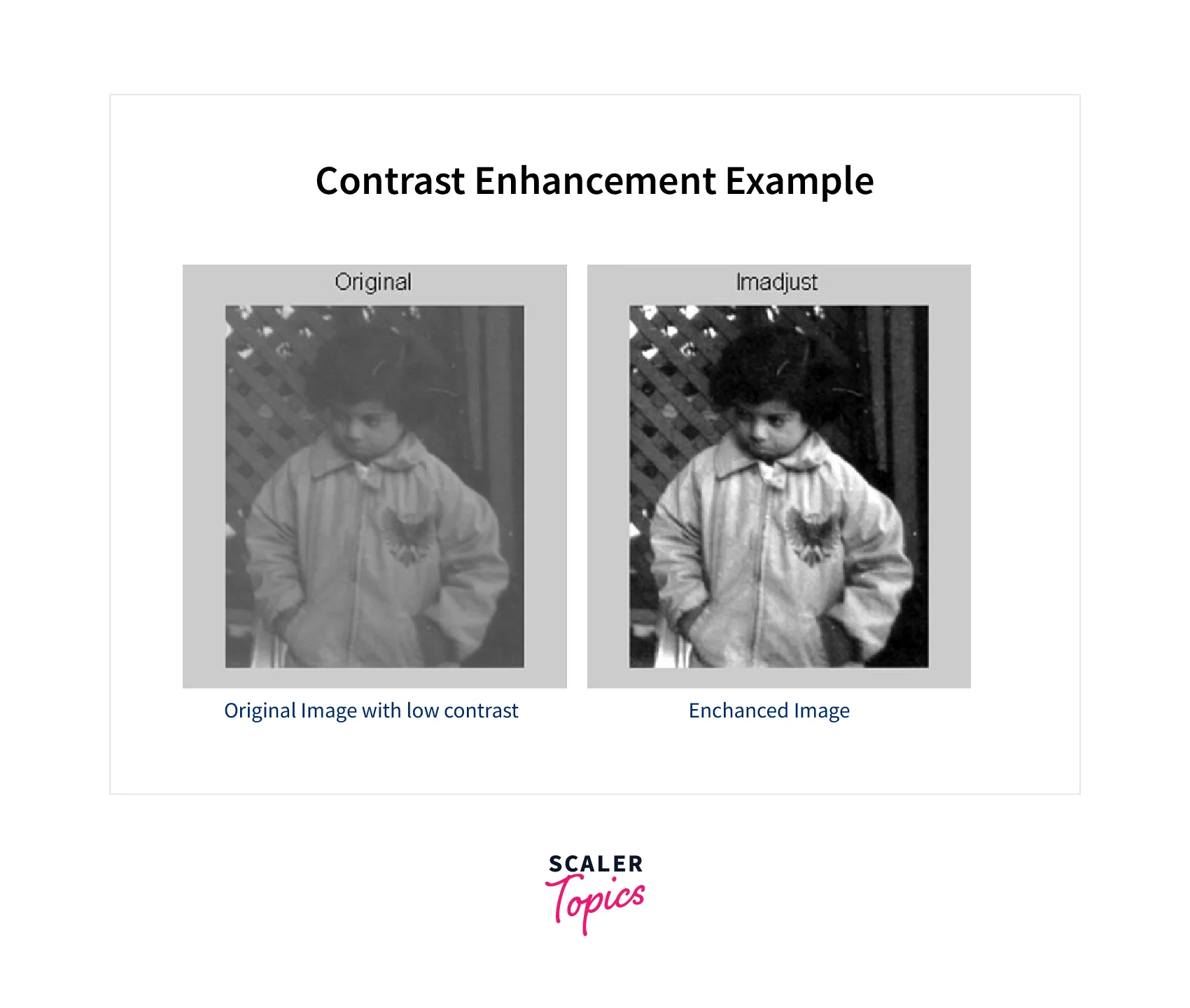
Color quantization transforms (e.g., reducing the number of colors in an image)
Color quantization transforms are used to reduce the number of colors in an image by mapping the original color values to a smaller set of color values. This can be useful for reducing the file size of an image or for simplifying its visual appearance. One common example of a color quantization transform is dithering, which is used to simulate the appearance of additional colors by mixing existing colors in a pattern.
Algorithms For Color Transforms
Standard algorithms (e.g., gamma correction, histogram equalization)
Standard algorithms for color transforms are well-established mathematical techniques that have been used in image processing for many years. Examples of standard algorithms include gamma correction and histogram equalization. Gamma correction is used to adjust the brightness of an image by applying a power function to the pixel values. Histogram equalization is used to enhance the contrast of an image by adjusting the distribution of pixel values in the image. These algorithms are widely used because they are computationally efficient and can be applied to a wide range of images.
Machine learning-based algorithms (e.g., deep neural networks)
Machine learning-based algorithms for color transform in digital image processing involve using deep neural networks or other machine learning techniques to learn complex mappings between input and output color spaces. These algorithms can be trained on large datasets of labeled images to learn how to perform tasks such as color correction, colorization, and color transfer. Machine learning-based algorithms can be more accurate than standard algorithms and can be adapted to specific types of images or applications. However, they can also be more computationally intensive and may require more specialized hardware or software to implement.
Applications of color transforms
Image editing
Color transforms are commonly used in image editing applications to adjust the color balance, saturation, and hue of an image. Color balance refers to the adjustment of the relative intensities of the primary colors (red, green, and blue) in an image to achieve a desired color temperature. Saturation refers to the intensity or purity of colors in an image, and hue refers to the color itself, such as blue, red, or green. By adjusting these parameters using color transforms in digital image processing, image editors can improve the overall look and feel of an image, enhance specific colors or regions, or achieve a particular artistic effect.
Image compression
Color transforms can also be used in image compression algorithms to reduce the number of colors in an image and decrease its file size. One popular approach is to convert the image from the RGB color space to a color space that better represents the human visual system, such as YUV or YCbCr. This transformation separates the luminance (brightness) information from the chrominance (color) information, allowing for more efficient compression. The chrominance information can then be subsampled or quantized to further reduce the file size without a significant loss of visual quality.
Computer Vision
Color transforms in digital image processing are frequently used in computer vision applications such as object detection and face recognition. For example, skin color segmentation can be used to detect faces in an image or video by separating the skin-colored pixels from the rest of the image. This technique is particularly effective in situations where there is a high degree of contrast between the skin color and the background. Color transforms in digital image processing can also be used to improve the accuracy of object recognition algorithms by enhancing certain color features or reducing the impact of lighting variations.
Medical Imaging
Color transforms are used extensively in medical imaging to identify various structures and tissues in the body, such as tumors, blood vessels, and bones. In magnetic resonance imaging (MRI), for example, color maps can be used to represent different tissue types or to highlight specific areas of interest. Color transforms in digital image processing can also be used in other imaging modalities such as X-ray, computed tomography (CT), and ultrasound to enhance the visibility of certain features or to provide a more intuitive representation of the data.
Challenges and future directions
Challenges:
-
Computational complexity: Some color transforms can be computationally expensive, especially for high-resolution images or real-time applications. This can limit their practical use, particularly in resource-constrained environments.
-
Robustness to noise and variation: Color transforms can be sensitive to variations in lighting, image noise, and other sources of variation. This can reduce their accuracy and reliability, especially for applications such as medical imaging or computer vision.
-
Subjectivity of color perception Color perception can vary across individuals and cultures, which can make it difficult to establish consistent color standards or to achieve specific color effects.
Future directions:
-
Real-time implementation: There is a growing demand for real-time image processing in various applications, including computer vision, gaming, and virtual reality. Future research could focus on developing faster and more efficient color transforms that can be implemented in real-time.
-
Machine learning-based approaches: Machine learning algorithms, such as deep neural networks, can be used to learn color representations directly from data, and can potentially improve the robustness and accuracy of color transforms.
-
Color perception modeling: Modeling color perception more accurately and comprehensively can help to address the subjectivity of color perception and improve the consistency of color transforms across individuals and cultures.
-
Multispectral and hyperspectral imaging: Multispectral and hyperspectral imaging systems can capture more detailed information about the spectral characteristics of an image, which can enable more precise and accurate color transforms. Future research could focus on developing color transforms that are specifically designed for these imaging modalities.
Conclusion
- Color transforms are widely used in digital image processing for a range of applications, including image editing, compression, computer vision, and medical imaging.
- Challenges in color transforms include computational complexity, robustness to noise and variations, and subjectivity of color perception.
- Future directions for color transforms include real-time implementation, machine learning-based approaches, color perception modeling, and multispectral and hyperspectral imaging.
- Advancements in color transforms in digital image processing can lead to more accurate, efficient, and effective digital image processing.
- Overall, color transforms are a fundamental tool in digital image processing that has the potential to impact a wide range of industries and applications.
